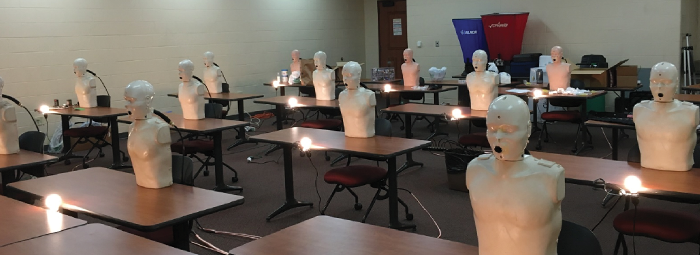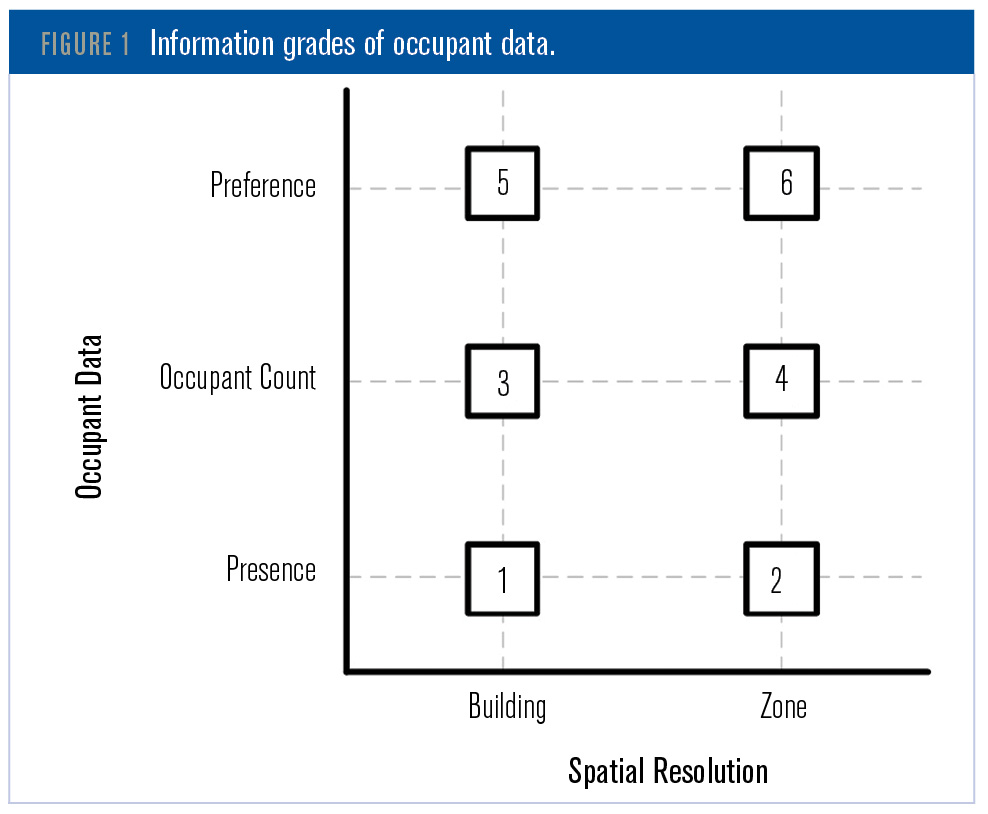
©2021 This excerpt taken from the article of the same name which appeared in ASHRAE Journal, vol. 63, no. 5, May 2021.
About the Authors
Burak Gunay, Ph.D., P.Eng., is an assistant professor in the Department of Civil and Environmental Engineering at Carleton University, Canada. Zoltan Nagy, Ph.D., is an assistant professor in the Department of Civil, Architectural and Environmental Engineering at the University of Texas, Austin. Clayton Miller, Ph.D., is an assistant professor in the Department of Building, School of Design and Environment at the National University of Singapore. Mohamed Ouf, Ph.D., P.Eng., is an assistant professor in the Department of Building, Civil and Environmental Engineering at Concordia University, Canada. Bing Dong, Ph.D., is associate professor in the Department of Mechanical and Aerospace Engineering, Syracuse University.
Occupant-centric controls (OCC) are defined in a new position paper as an indoor climate control approach whereby occupancy and occupant comfort information are used in the sequences of operation of building energy systems. In addition to basic OCC techniques that have been adopted by building codes, more advanced algorithms have been implemented to reduce energy use and cost and to improve occupant comfort and indoor environmental quality (IEQ). Commercial solutions tailored for OCC applications also have begun to emerge. This article categorizes information available for OCC implementations into six information grades (IGs) formed by three levels for occupant data and two for spatial resolution.

Figure 1 shows that these six IGs are the binary occupant presence/absence, occupant count and occupant preference at the zone/room and building/system levels. This categorization—built on discussions within the International Energy Agency’s Energy in Buildings and Communities Programme (IEA EBC) Annex 79 Subtask 4 working group, case studies that successfully incorporate OCCs in real buildings4 and articles that categorize OCCs5,6—follows practitioners’ perspective while developing the sequences of operation. Each IG can be acquired by commercially available sensing technologies (e.g., carbon dioxide (CO2) sensors, motion detectors, Wi-Fi device counts) to inform at least one variable (e.g., minimum outdoor air damper position setpoint of air-handling units [AHUs], minimum airflow rate of variable air volume [VAV] terminal devices, zone temperature setpoint, AHU schedule and VAV zone temperature setback schedule) in the controls programming of zone- and building-level HVAC equipment.
We then present the most promising sensing technologies and data collection mechanisms currently available to acquire occupant data at these six IGs; introduce key OCC metrics; present a case study in which we explore the use of these metrics in indoor climate control; discuss implementation challenges related to OCCs in real buildings; and provide recommendations.
Occupant Sensing Technologies
Melfi, et al., categorize occupant sensing approaches into two groups: implicit and explicit.6 Implicit sensing infers occupancy levels without directly monitoring occupant mobility or behavior and generally relies on CO2, humidity, lighting or plug load measurements. While implicit sensing provides valuable insights into occupancy levels, it requires building-specific calibration with ground-truth occupancy data (manually counting people entering/leaving a building for a few days) or inverse modeling to remove the effects of inanimate processes (e.g., the effect of infiltration and ventilation on CO2 measurements) to estimate occupant counts. In contrast, explicit sensing approaches detect occupants directly and provide reasonable estimates for occupancy with minimal preprocessing and without calibration.
Read the Full Article
ASHRAE Members have free access to the full-text PDF of this article as well as the complete ASHRAE Journal archives back to 1997 in the Free Member Access Area.
Non-members can purchase features from the ASHRAE Bookstore. Or, Join ASHRAE!
Return to Featured Article Excerpts
Return to ASHRAE Journal Featured Article Excerpts